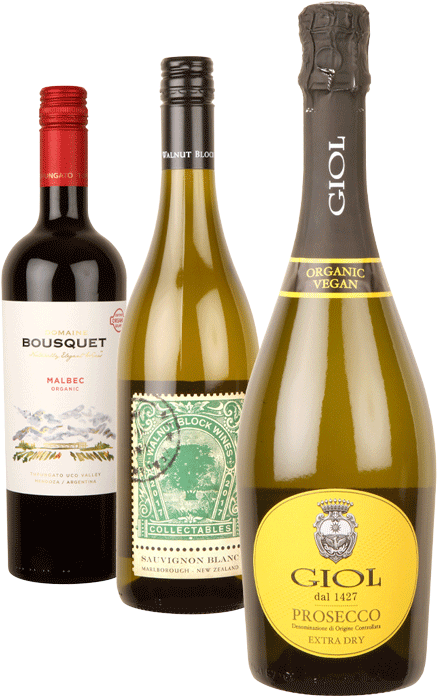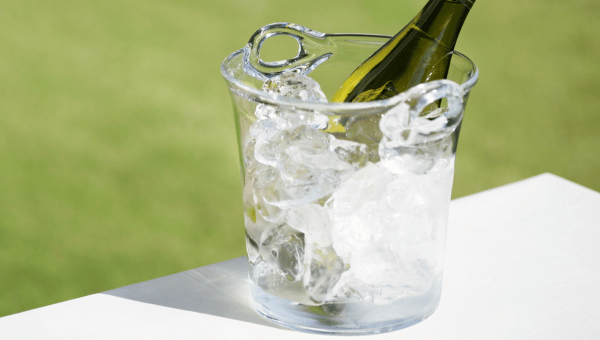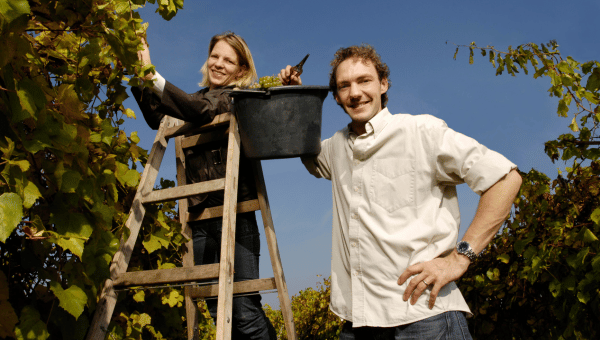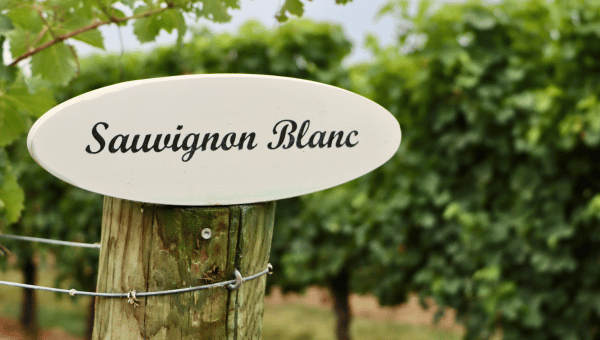How to enjoy the best rosés
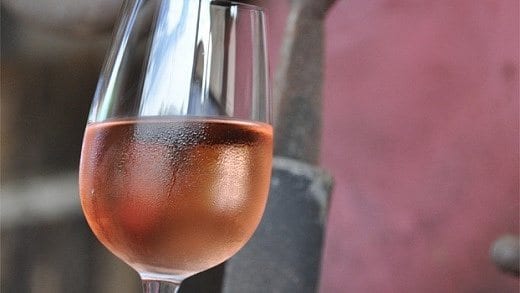
The Rosé Renaissance
Gone are the days when rosé was only consumed in the height of the summer months, this refreshing beverage is now thankfully enjoyed all year round by a much wider audience than in the past. Would you believe that even men drink rosé now! Sales of rosé have soared in recent years and in the UK alone we consume some 10.3 million cases. Whilst sales growth slowed last year, largely in part due to poor weather, this year the increasing trend is set to continue.
It’s not so well known that there are three main ways of producing a rosé wine: skin contact, saignée and blending. There can also be still rosé wine, semi-sparkling or fully sparkling, and at a wide range of sweetness levels and colours. That’s a lot of rosé variation! Vintage Roots currently list over twenty organic rosés.
The skin contact method involves crushing red grapes and then leaving the juice in contact with the skins for a length of time to impart colour, usually between one to three days. The skins are then pressed (sometimes the juice is then added back in) and discarded, and then the juice is fermented. Most red grapes have clear juice and the deepness of the colour is determined by the length of time the juice stays in contact with the skins (where all the colour pigments are situated). The colour of your rosé can vary from the palest subtle salmon pink (as in Provence), through vibrant pink, crimson and orange hued rosés to near lipstick red colour.
The exception to the above ‘skin contact’ rule is in the production of blush wines which come from the copper tinged colour of the white grapes as in Pinot Grigio (Pinot Gris) blush.
If it is the more delicate “Provence” style that you prefer and don’t want to pay the price tag of this classic French rosé region then we can thoroughly recommend our IGP Bouches du Rhône Mas de Longchamp rosé.
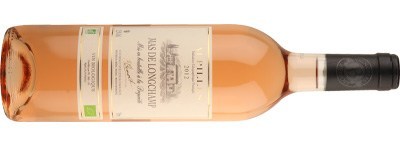
A large majority of rosé wine is produced using the skin contact method, as demand has increased for this style, whereas historically it was only made to concentrate a red wine in the poorer vintages as in the saignée method. This process involves bleeding off some of the juice in the tank after one to three days which results in a greater skin to juice ratio and therefore increasing both colour and tannin in the final red wine. The bled juice is then fermented separately as a rosé.
Lastly, the blending method of mixing white juice with red is not widely practised worldwide and is in fact banned within the European Union with the exception of traditional method sparkling wines. In fact our biodynamic Champagne producer Champagne Fleury deliberately chooses not to use this method and opts for the more quality-focused saignée method for their Fleury Rosé Brut, which is a must-try for those partial to a drop of high quality Champagne.
For those of you looking for a heartier, more full bodied, food-friendly rosé then go for Meinklang’s Prosa Frizzante, a lightly sparkling natural Austrian rose wine made from 50% Zweigelt, 20% Pinot Noir, 10% St Laurent and 10% Blaufrankisch.
Rosé wines are to be drunk young and vibrant, they are rarely wines to age. They are food friendly too, and versatile, being somewhat between a red and white.
The rosé renaissance has certainly begun and thankfully rosé is no longer seen as cheap, unfashionable and something you would never want to bring to a dinner party.



